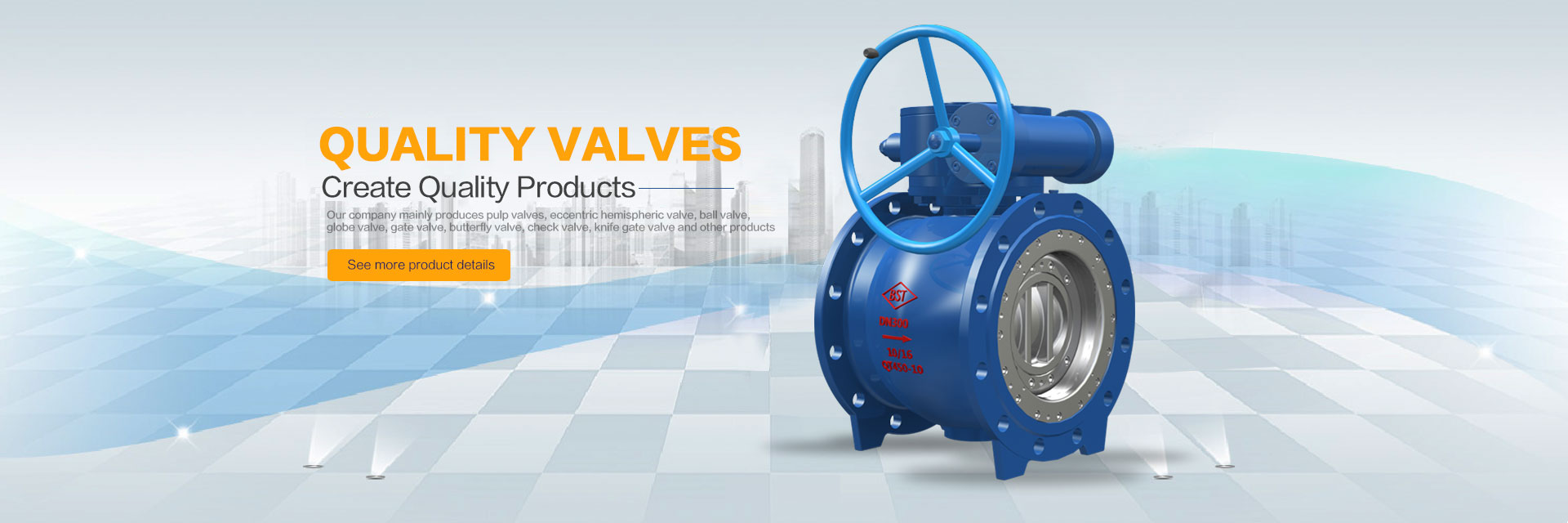Common Faults and Maintenance Strategies of Valves
1. Common faults of valves
1.1 External damage
First, external damage is caused by material defects. The manufacturing process of valves is very complicated. If the valve produces blowhole or slag inclusion during casting, these defects may expand and cause damage, resulting in fluid leakage.
Secondly, external damage is caused by fluid factors. The main function of the valve is to control the flow state of the fluid. Valves throttle under high pressure, because of the impact of gas, the throttle part of the valve is prone to cavitation, resulting in valve damage. Finally, in the process of controlling the flow of fluid, the valve itself will also bear very large pressure, and the valve will also be damaged.
Thirdly, due to the change of temperature, the volume of gas in the pipeline will change. As the temperature rises, the volume of gas will increase, which will increase the gas pressure in the pipeline. This will also cause some damage to the valve. If the temperature is too high, beyond the heat resistance of the valve, it may cause the valve to break, but also make the valve wear faster and cause damage.
1.2 Internal Wear
In the process of controlling fluid, the valve disc directly plays the role of throttling, and the valve disc is more vulnerable to wear and tear. At this time, if there is a pressure difference between the two sides of the disc, the valve leakage will occur, and the leakage will accelerate the wear of the valve. When scale falls off into the fluid, it will impact the valve and cause wear and tear. Long-term accumulation will cause greater damage and lead to valve leakage.
1.3 Valve Switch Failure
Generally, there are several cases of valve failure. Firstly, inadvertent operation results in the damage of valve stem threads; secondly, the lack of lubricant makes the valve switch difficult; thirdly, the bending of the valve stem; fourthly, the surface cleanliness of the valve stem is not enough; fifthly, there is a problem of mating tolerance between the valve moving parts, resulting in too tight occlusion.
1.4 Valve tremor
The main causes of valve tremor are as follows.
The first is the improper operation of the valve.
The second is excessive flow through the valve. The causes of excessive flow are: improper selection of valves, flow rate under normal conditions exceeding the rated flow rate of valves, rated flow rate of valves should be greater than the design flow rate of pipelines;
Third, the valve inlet pipe diameter is too large, and the valve diameter is smaller, so that the valve has a larger inlet resistance, which will lead to valve tremor, which needs to increase the resistance in the discharge pipe to control the tremor.
2 Valve Maintenance Procedure
2.1 Dissection examination
Remove the transmission device and mark the connection between the cover and the valve body to avoid misalignment during assembly. Secondly, unload the packing cover, remove the old packing, and then check whether there are defects in the valve body and cover, as well as the bending of the stem and corrosion and wear inside the valve.
2.2 Valve Pressure Test
Before the valve is installed and used, the pressure test must be carried out. The main items of the test are whether the strength and sealing of the valve body are up to the standard. Valves should not exert external forces unrelated to the pressure test, which will have a great impact on the results of the pressure test. The test pressure must meet the specific requirements of the pressure test. Pressure must be kept constant in the process of pressure test. Normally, the time of pressure stabilization should reach five minutes. If the pressure does not decrease and there is no leakage, it can be judged to be a qualified valve. In the process of pressure test, the valve body should be inspected, requiring that the valve body should not appear pore cracks, no leakage and other defects.
2.3 Measures for Maintenance and Maintenance of Valves
2.3.1 Regular Fatliquoring of Valves
In the process of valve fatliquoring, attention should be paid to the control of the amount of fatliquoring. Operators must use the correct way to fatliquoring. According to the size and type of valve, determine the amount of valve greasing, add the corresponding brand grease. In the process of fatliquoring, we should control the fatliquoring pressure well and pay attention to the change of the fatliquoring pressure. If the fatliquoring pressure is too low, the seal will fail or leak, otherwise the seal will be blocked. If the fatliquoring pressure is too high, it is necessary to check the fatliquoring process. If there are problems such as fatliquoring blockage, we must do a good job of replacement; if there are problems of ester hardening, we must clean in time through the cleaning fluid, so that the failure of sealing grease gradually soften, and then replace the new grease.
Maintenance of 2.3.2 Filler
Strengthening the maintenance of fillers can prolong the life of fillers. The packing of valve has certain elasticity when it leaves the factory. Normally, it is the basic requirement of packing to test pressure without leakage. After the valve is loaded into the pipeline, leakage may occur due to many factors such as temperature. At this time, we must pay attention to tightening the nuts on both sides of the packing cap to prevent the elastic failure of the packing and reduce the sealing performance of the packing. Some fillers contain certain molybdenum dioxide lubricant, which should be supplemented after several months of use. If the filler is not enough, it should be added in time to ensure the sealing of the whole valve.
3 conclusion
Valves play a very important role in the process of fluid control. If the valve fails, it will cause waste of resources and other situations, and may even have a certain impact on the safety of equipment. Therefore, it is necessary to strengthen the management of valves, check valve faults regularly to prevent losses caused by valve faults.









